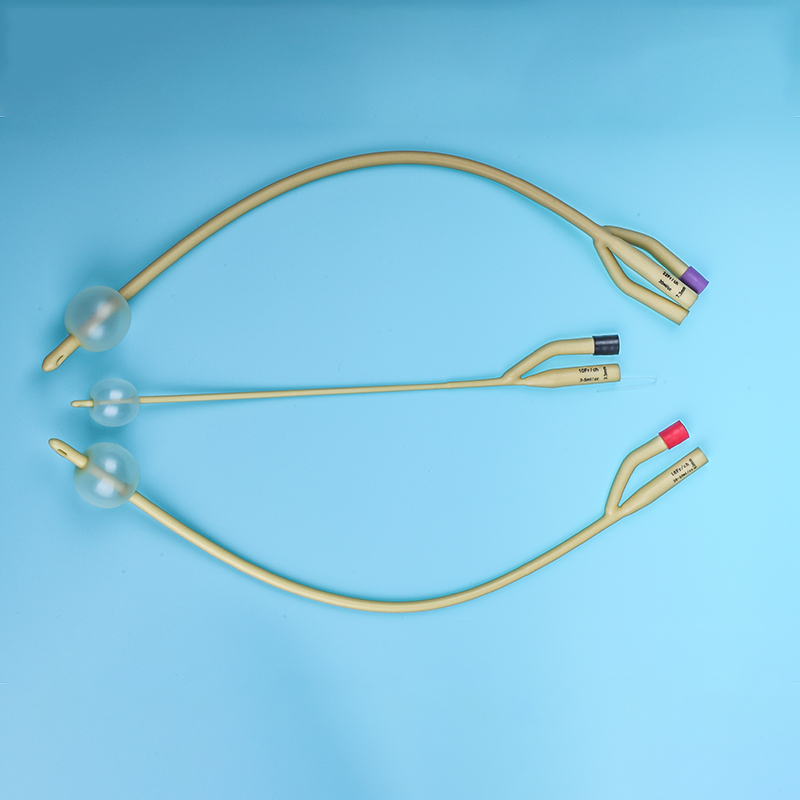What is the Difference Between SPC and IDC?
Urinary catheters are vital medical consumables used to drain urine from the bladder when a patient is unable to do so naturally. Two common types of long-term indwelling urine catheters are the SPC catheter (Suprapubic Catheter) and the IDC catheter (Indwelling Urethral Catheter). Choosing the right one depends on various clinical factors, patient preferences, and potential complications. This article will explain the differences between SPC and IDC catheters, their respective pros and cons, and help medical professionals and caregivers make informed decisions.
What is an IDC Catheter?
An IDC (Indwelling Urethral Catheter), also commonly known as a Foley catheter, is inserted through the urethra and into the bladder. It remains in place with the help of a balloon inflated inside the bladder.
- Commonly used for both short-term and long-term catheterization.
- Often inserted in hospitals, nursing homes, or for home care patients.
- Available in various sizes and materials (e.g., latex, silicone).
Use Cases:
- Post-surgical urinary retention
- Urinary incontinence
- Monitoring urine output
- Patients unable to self-void
What is an SPC Catheter?
An SPC (Suprapubic Catheter) is a type of indwelling catheter that is surgically inserted through the abdominal wall directly into the bladder, bypassing the urethra altogether.
- Inserted via a minor surgical procedure under local anesthesia.
- Suitable for long-term catheterization.
- Requires a sterile environment and medical expertise to insert.
Use Cases:
- Patients with urethral trauma or strictures
- Chronic catheter users experiencing recurrent urethral infections
- Neurological conditions affecting bladder function (e.g., spinal cord injury)
Difference Between SPC and IDC
| Feature | IDC Catheter (Urethral) | SPC Catheter (Suprapubic) |
|---|---|---|
| Insertion Route | Through the urethra | Through the abdominal wall |
| Type of Procedure | Non-surgical, bedside procedure | Minor surgical procedure |
| Comfort Level (Long Term) | May cause urethral irritation or discomfort | Generally more comfortable for long-term use |
| Infection Risk | Higher risk of urinary tract infections (UTIs) | Lower risk of UTIs (avoids urethra) |
| Mobility Impact | May restrict movement, especially for males | Offers greater mobility and comfort |
| Visibility | Less visible | May be more visible under clothing |
| Maintenance | Easier for non-medical caregivers to manage | Requires more training and sterile technique |
| Suitability | Suitable for short and medium-term use | Ideal for long-term use |
Advantages and Disadvantages
IDC Catheter (Indwelling Urethral Catheter)
Advantages:
- Simple and quick insertion
- Widely available in all healthcare settings
- Does not require surgery
- Familiar to most healthcare providers
Disadvantages:
- Higher chance of urethral trauma and strictures
- May cause discomfort during movement or sitting
- Greater risk of urinary tract infections
- Can cause long-term damage to the urethra
SPC Catheter (Suprapubic Catheter)
Advantages:
- Reduced risk of urethral damage and infection
- More comfortable for long-term users
- Easier hygiene management, especially for sexually active individuals
- Easier to change for trained medical personnel
Disadvantages:
- Requires surgical insertion and removal
- Higher upfront cost
- Risk of bowel injury during insertion (rare)
- May leave a visible scar or catheter site
Conclusion
Both IDC and SPC catheters serve essential roles in managing urinary retention and incontinence. While IDC catheters are easier to insert and manage for short-term use, they come with a higher risk of urethral trauma and infections. In contrast, SPC catheters offer better long-term comfort and reduced infection risk, but they require surgical insertion and ongoing professional maintenance.
When selecting between an IDC or SPC catheter, the decision should be based on the duration of catheter use, patient anatomy, comfort preference, and risk factors. Always consult with a qualified healthcare provider to determine the most appropriate urinary catheter solution.
Optimize your choice of medical consumables with high-quality urinary catheter solutions tailored for both short- and long-term care. Whether you’re sourcing Foley catheters, IDC catheters, or SPC catheters, partner with a trusted medical supply provider to ensure reliability, comfort, and compliance.
Post time: Jun-23-2025








